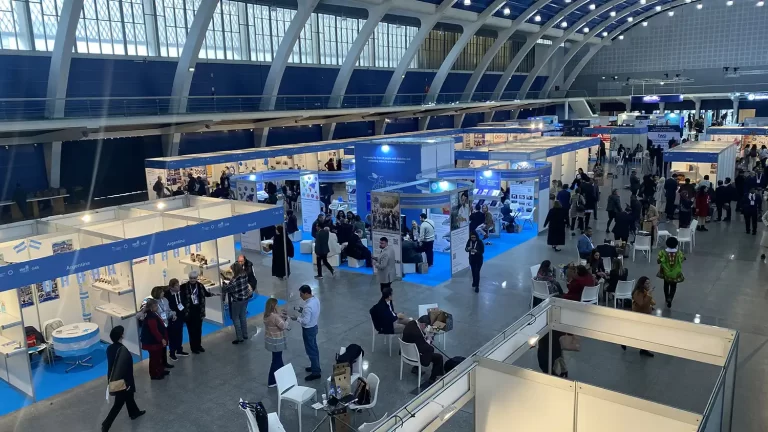By Nicole Walker
It is super important that we acknowledge our muscles are GREEDY and therefore feed them after exercise. Yes, I know more FOOD. “But I want to lose weight, why do I have to eat all the time? Isn’t there another way?” Yes, kind of… We need food but we can be savvy about it to still meet our weight loss goals.
Have a Recovery meal
For people with diabetes the recovery meal or snack after exercise is EVEN MORE important than for people exercising or training that don’t have diabetes. Why? Those muscles will still be GREEDY and have the GLUT4 suckers on the outside of the muscle (see blog: “What happens to your BGL when you exercise?”) until the muscle glycogen store is all stocked back up again. This can last up to 12-24hrs. But we can speed that re-stocking process up therefore preventing the risk of delayed hypoglycaemia post exercise. We do this by eating a meal or snack containing low GI or slow release carbohydrate and some protein. The protein and carbohydrate get absorbed together and the protein helps with muscle repair and recovery if you are doing more intense exercise or training. This isn’t just for the athlete in full training mode either – it is helpful for Joe Bloggs with diabetes too after a morning walk or an afternoon of cleaning the house.
Timing is everything.
However, timing is everything. I would suggest if you are like most people and are weight conscious or not wanting to gain weight then it is good to use one of your normal meals or snacks in the day as this recovery meal. For example: You go for a walk with a friend at 9-10am (the same example as before) and finish at 10am. How about getting a coffee after that walk? It is nutritious, contains carbs and protein, and you might have had that snack in your day anyway. Or you go to the gym after work and come home and have dinner (including carbs and protein!). It usually can fit within your normal food day. If you are someone who wants to gain weight or muscle mass, then have it in addition to your normal meals and snacks.
By eating carbohydrates straight after, there is more glucose in the blood for the GLUT4 suckers to get to work on, to re-stock muscle glycogen faster. The faster you re-stock, the less time for post-exercise hypos.
Some good recovery snack ideas (without needing insulin)
- 1 x grain toast with peanut butter, avocado or an egg
- Milky coffee, milky milo or just a glass of Milk!
- Yoghurt
- Cheese and Grainy Crackers
- Nut muesli bar
- A piece of fruit and some nuts
So how about some good recovery meal ideas (take 20-50% less insulin for, see below for why):
- Breakfast: Eggs or peanut butter on Grainy toast or Fruit with muesli and yoghurt
- Lunch: Wrap with chicken or falafel and salad, Salad with croutons and a can of tuna
- Dinner: Chicken or chickpea curry with basmati rice, Beef stew with potato, Quinoa salad with Lamb
They sound like normal healthy meals, right? Good, because they should!
Reducing insulin after exercise
The other thing you might consider to reduce the risk of post-exercise hypoglycaemia is reducing your insulin after exercise. Check your BGLs regularly at the beginning to see what they do after exercise. There are two options:
Reducing meal insulin
After exercise by 20-50%. If exercising for up to 60 minutes of exercise you might just reduce insulin for one meal immediately after. If exercising for >60 minutes then you might need to reduce it for a couple of meals after.
Basal insulin for Pumpers
Temp basal after exercise. It is a good idea to keep your temp basal on a 10-50% reduced rate for at least 2-4hrs after exercise. Consider for even longer if you haven’t adjusted meal insulin or you exercised at a high intensity or for a longer duration. Sometimes you might need to keep it on for even up to 12-24hrs later! It is very individual, so get to know how long you are at risk of those post-exercise hypos for and keep it on for that timeframe. Especially useful if you tend to drop in the night after exercise.
Background insulin on Injections
If you are starting a new exercise, going for a long duration, or at a high intensity you might consider reducing your background insulin if you take a dose at night. You can see now why having a split dose (twice daily) background insulin is useful for flexibility with exercise. Think about reducing it by 10-20% if you are prone to delayed hypoglycaemia after exercise especially overnight.
The most important thing:
The most important thing for making sure you don’t have a hypo later? Checking your BGLs regularly, so you know how your body responds not only to the exercise but to know how well the strategies you have put into place are working. If you get it right, take a note of what you did!! Your future self will thank you so you can repeat it next time. If you do hypo – here’s a reminder on how to treat it.
Another few quirky ways to prevent hypos:
- Try doing some sprints or weights or body weight exercises at the end of your cardio session. This tends to release stress hormones that will increase our BGLs. Perfect timing at the end of a session – just as they are about to drop! And studies have shown it can prevent post-exercise hypos too!
- Exercise in the morning. Generally, we are more resistant to insulin in the morning or some people have a pesky dawn phenomenon where BGLs rise due to our waking hormones. We can make the most of these annoying factors by exercising in the morning to prevent our BGLs going low.
Remember, exercise itself is variable!
Remember, exercise itself is so variable and we are all individual human bodies that will respond differently. There is no one-size-fits all between people with diabetes. And there is not even a one-size-fits all for one person, there are many day to day factors that will affect your best plan. It is good to read up on what you can do, pick a starting point and just try and try again! But the most important thing – don’t be too hard on yourself because perfection doesn’t exist. Your BGLs will get more stable over time with practice and when you start to get fitter! Just keep safe, keep exercising and enjoy! Here are some cool groups to get you motivated: Typeonerun, Beat-It and JDRF walk. Get in touch with YOUR Dietitian, Sports Dietitian, Diabetes Educator, Endocrinologist or Exercise Physiologist if you need more help getting started.



